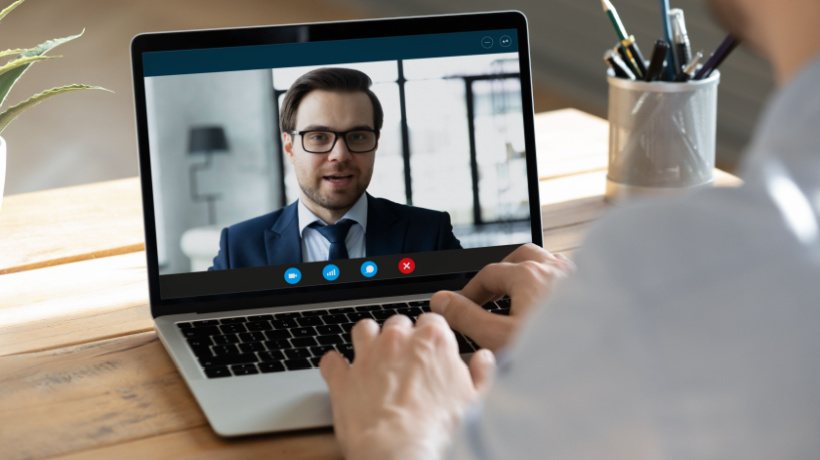How To Create An Instructional Video?
Instructional videos are at the core of learning nowadays. But how to ensure that the learners remember everything? This is not so simple. Learners don't watch the complete video, hence an organization cannot transmit all the information. Moreover, learners might also not pay attention to the video while watching it, which means they go through it for entertainment purposes only. In that case, the businesses cannot ensure that an instructional video has created the cognitive impact that they wanted it to create. Due to a lack of understanding, the video is not stored in the long-term memory of the learner.
eLearning companies know how to create the perfect instructional video for learners to make them focus. Research has proven over the years that when certain features are used in videos, user engagement is greater. For example, in the case of demo videos, highlight boxes can be used to capture the attention of learners. These boxes make users understand which button to press to complete or initiate a certain action. With the use of highlight boxes, the users can be made to remember such minute information for a long time. There are certain principles suggested by Mayer which are necessary to follow to ensure the maximum impact of a video.
Signaling Principle
The first principle of signaling says that the user needs to be signaled that something important is about to come on the screen, through narration or other means, so that attention is maximized toward that slide only. So, just like highlight boxes, in the case of text, we have blockquotes where a certain text is enlarged and enclosed with quotes to make sure that the user pays attention. The user does not know what to watch with attention, they can only do so when their attention is diverted to the important part. Therefore, signaling is important because there is so much information contained in a slide that the user can’t retain everything. But when important text is shaded, users know that it needs attention.
Temporal Continuity Principle
The temporal continuity principle is also crucial, which states that users get the best explanation of things when the visuals and the text are shown on the screen simultaneously. This implies that the audio and visuals should be displayed on the screen at the same time. The user gets the best understanding of the screen when both the audio and the video elements happen together, rather than the audio coming after the animation.
Pretraining Principle
The pretraining principle of designing multimedia elements states that users must have been given an introduction so that they can get the best out of the video. Such an introduction makes sure that the learners are not confused by the visuals included in the first slide, but rather can comprehend them. Hence, pretraining is critical before imparting the actual training. A little history of the topics, and the meaning of basic terms included in the module, can be provided to the learners before the instructional video begins.
Personalization Principle
The personalization principle is also important for an instructional video, according to which the user understands simple language better than the use of difficult words. Hence, instead of using the third-person, it’s better to use second-person to ensure the user understands. This is the basic principle behind localization also, where the use of complex words in narration is avoided to help in forming a connection with the audience.
Image Principle
The image principle is also vital in making a better instructional video. The use of visuals is better for human understanding, rather than talking heads. In a talking head video, a human narrator explains the basic concepts, but the learners might not be interested in listening to them. So, relevant visuals should be used to explain the concepts to the learners. Mayer has stated that when a talking head is included in a video, it does not mean better learning results. Research is still being conducted on whether talking head videos are effective for learning or not.
A talking head in the video means that the source of the information is credible. It can be used at the beginning or the end of the video, but refrain from using it throughout. Instead, visuals should be used for better understanding by the audience.
The following assumptions have been used to formulate these principles:
The Limited-Capacity Assumption
There is limited capacity for information, as stated by Mayer and which forms the basis of all his work. As per this assumption, most humans only have two-three channels of information that they can focus on. So, they can’t watch all the news channels at the same time, rather just one or two. Similarly, they can’t understand five or seven actions at the same time in a module, rather their attention must be put to two or three. Hence, the important information must be highlighted in a module so that the learners understand everything, because their cognitive load must be limited.
Active-Processing Information
Humans have to be made to understand, rather than expecting them to absorb everything which is fed/transmitted to them. This can cause problems for the learners. So, to tap into their cognitive load, it’s better to organize knowledge into visual and auditory chunks. This knowledge can also be supplemented with the introductory session so that users can correlate. The learners must be able to build up knowledge by linking together auditory and visual pieces of information.
Hence, an instructional video must be prepared keeping these assumptions in mind and following the principles listed above.








